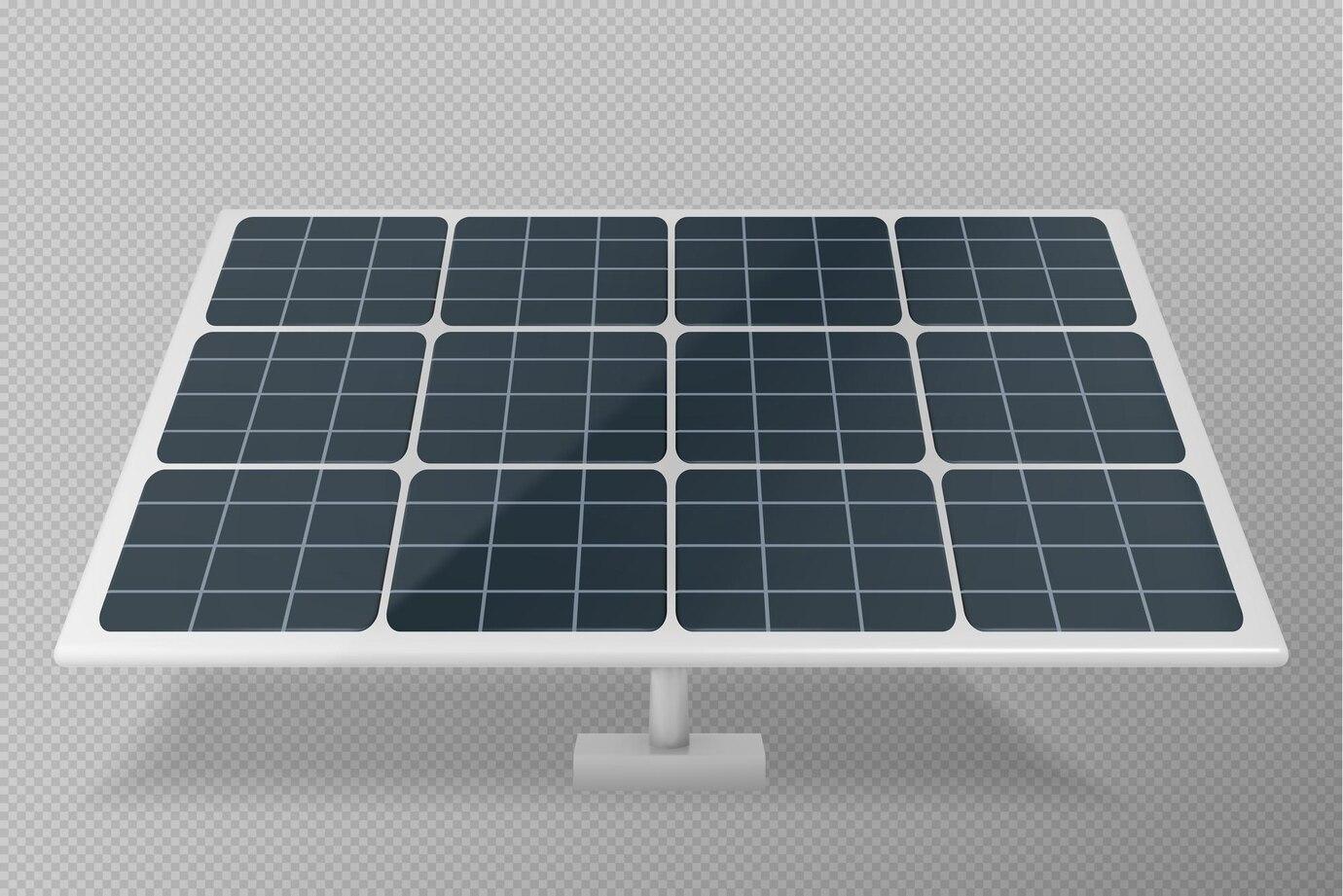PV Solar Market Inhibitors Economic, Technological, and Regulatory Hurdles

The photovoltaic (PV) solar market has witnessed remarkable growth in recent years, driven by technological advancements, declining costs, and global efforts to transition toward clean energy. However, despite its rapid expansion, several inhibitors continue to challenge the large-scale adoption and development of solar energy. Economic, regulatory, and technological barriers hinder growth, making it essential for industry stakeholders to address these challenges strategically. This article explores the major inhibitors of the PV solar market and their impact on the industry's progress.
High Initial Costs and Financing Constraints
One of the primary inhibitors of the PV solar market is the high initial investment required for solar panel installations. Although the cost of solar technology has significantly declined over the past decade, the upfront capital required for large-scale solar projects, including land acquisition, infrastructure, and energy storage systems, remains substantial. Financing constraints, especially in developing regions, limit the ability of businesses and consumers to invest in solar energy solutions. Limited access to credit, high-interest rates, and lack of government-backed financing options further slow down market expansion.
Supply Chain Disruptions and Raw Material Shortages
The PV solar industry relies heavily on a complex global supply chain for raw materials such as polysilicon, silver, copper, and rare earth elements. Supply chain disruptions caused by geopolitical tensions, trade restrictions, and logistical challenges have led to fluctuations in the availability and pricing of these critical materials. The dependence on a few key manufacturing regions, particularly China, has made the solar industry vulnerable to trade disputes, tariffs, and supply bottlenecks, affecting production capacity and increasing costs.
Policy Uncertainty and Regulatory Barriers
Government policies play a crucial role in shaping the PV solar market, but inconsistent and unpredictable regulations act as significant inhibitors. Frequent changes in incentive programs, tariffs on imported solar components, and lack of long-term renewable energy commitments create uncertainty for investors and businesses. In some regions, fossil fuel subsidies continue to overshadow renewable energy support, making it challenging for solar power to compete on a level playing field. Unclear permitting processes and lengthy approval timelines for large-scale solar projects also hinder deployment.
Grid Integration and Energy Storage Limitations
One of the major technical challenges for the PV solar market is the integration of solar power into existing electricity grids. Solar energy is intermittent, meaning it depends on weather conditions and daylight hours, leading to fluctuations in energy supply. Without adequate energy storage solutions or advanced grid infrastructure, large-scale solar adoption remains difficult. The high cost of battery storage and limited capacity of current energy storage technologies further restrict the potential of solar energy as a reliable and consistent power source.
Land Availability and Environmental Concerns
Large-scale solar projects require significant land areas, which can create conflicts with agricultural use, biodiversity conservation, and community interests. In densely populated regions, securing suitable land for solar farms can be a significant challenge. Environmental concerns, including the impact on wildlife habitats and water usage in solar panel manufacturing, also pose barriers to widespread adoption. Floating solar farms and rooftop solar installations offer alternative solutions, but their implementation requires additional regulatory support and technological advancements.
Competition with Conventional Energy Sources
Despite the declining cost of solar power, competition with fossil fuel-based energy sources remains a challenge. In many regions, coal, natural gas, and nuclear power plants continue to dominate energy production due to established infrastructure and lower generation costs. Energy companies with vested interests in conventional power sources often resist transitioning to solar energy, influencing policy decisions and market dynamics. Additionally, fluctuating fossil fuel prices impact the economic competitiveness of solar power in certain markets.
Future Risks and Strategic Mitigation Measures
While the PV solar market faces several inhibitors, proactive measures can help overcome these challenges. Investments in advanced energy storage, smart grid technologies, and supply chain diversification can enhance solar market resilience. Governments must provide stable policy frameworks, improve access to financing, and incentivize solar adoption through tax benefits and subsidies. Continued research and development in high-efficiency solar panels, sustainable manufacturing practices, and hybrid renewable energy systems will drive long-term growth and stability in the market.
Conclusion
Despite significant progress, the PV solar market faces various economic, technological, and policy-related inhibitors that hinder its widespread adoption. Addressing these challenges requires a multi-faceted approach involving government support, industry innovation, and global cooperation. As renewable energy targets become more ambitious and climate concerns drive energy transitions, overcoming these barriers will be essential for unlocking the full potential of solar energy and ensuring a sustainable energy future.
- Art
- Causes
- Crafts
- Dance
- Drinks
- Film
- Fitness
- Food
- Games
- Gardening
- Health
- Home
- Literature
- Music
- Networking
- Other
- Party
- Religion
- Shopping
- Sports
- Theater
- Wellness


